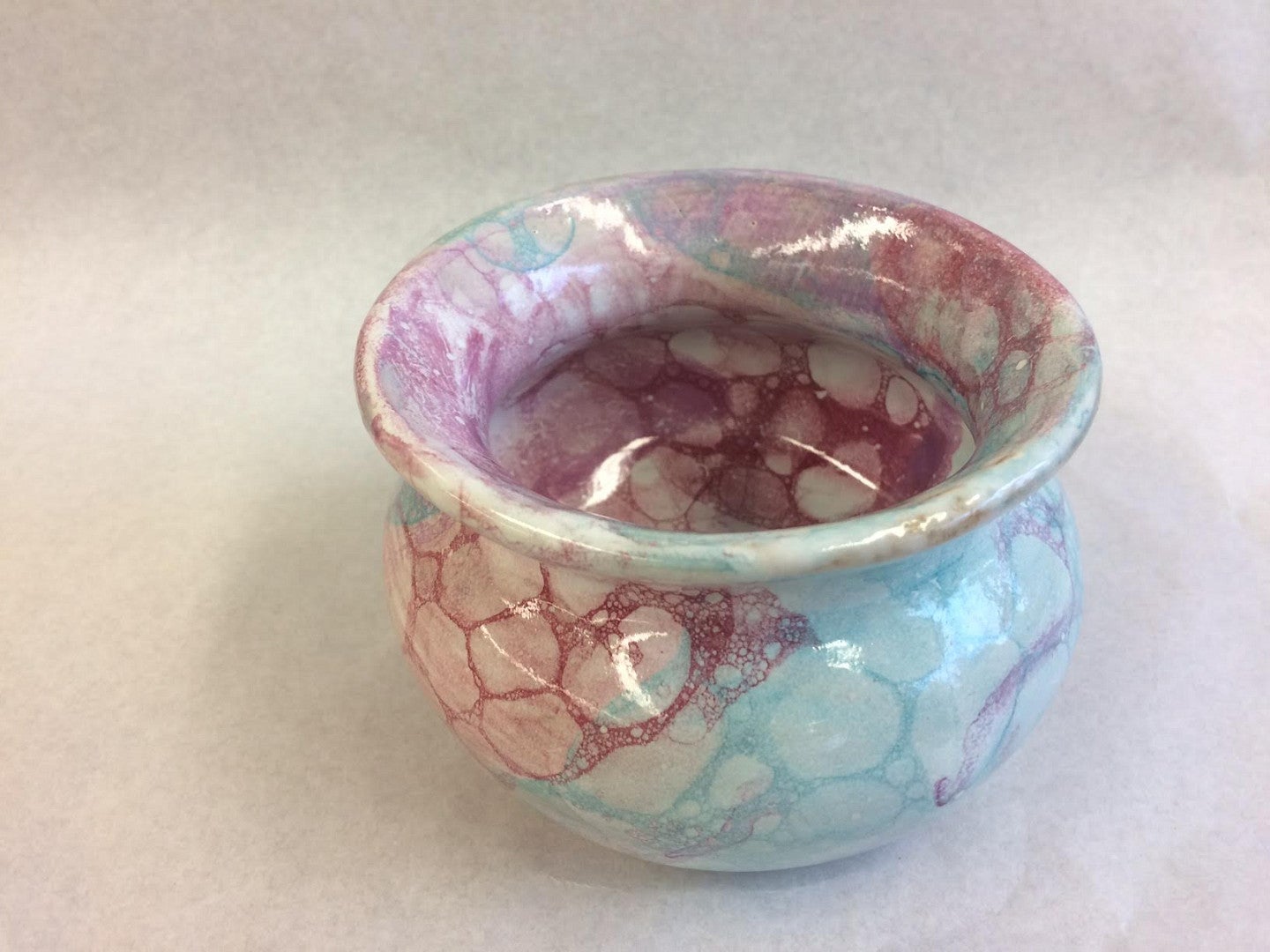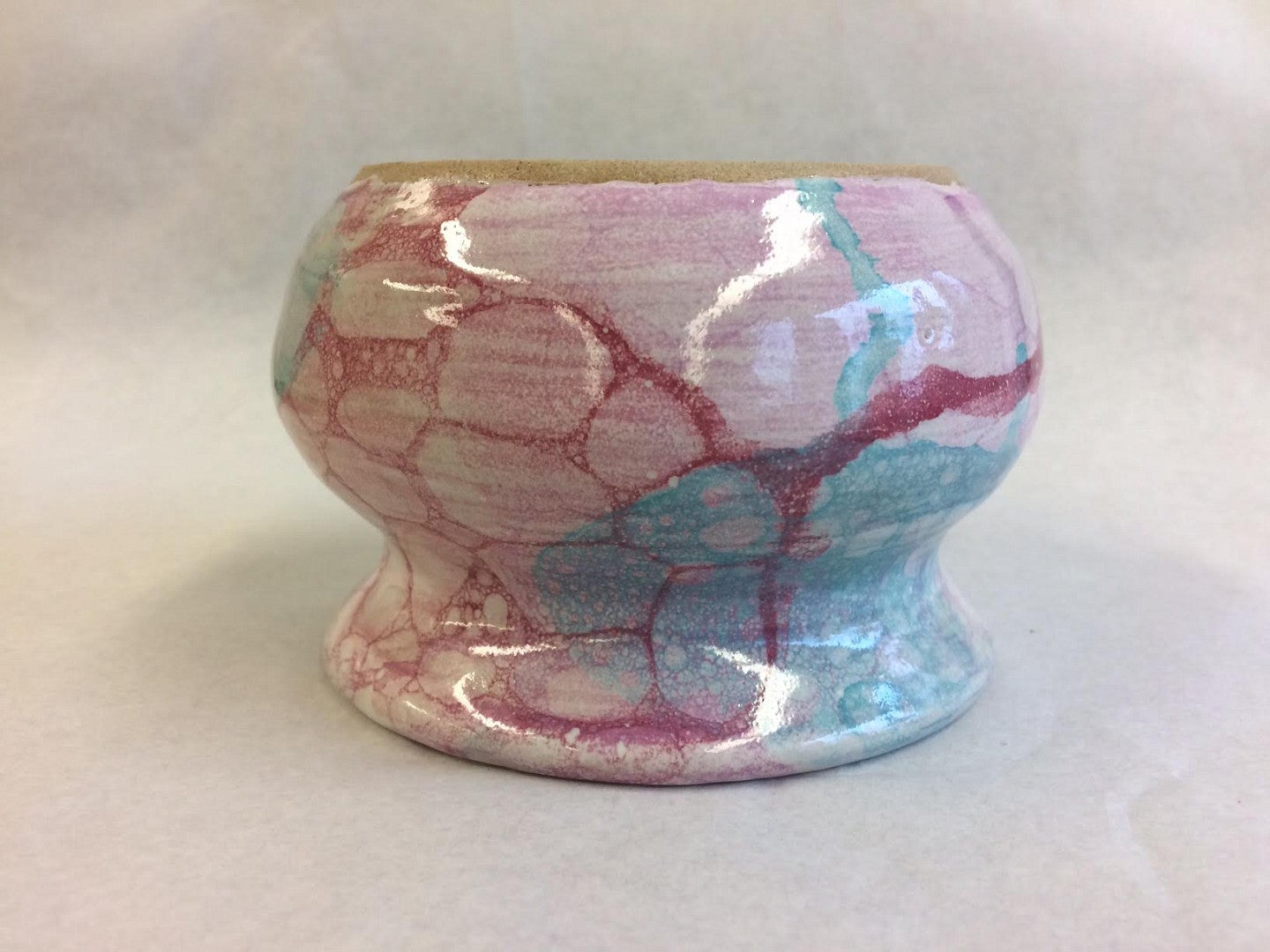The Impact of Oil Spills
By Leah Steindorf
On April 20th, 2010 the largest accidental oil spill in history occurred in the Gulf of Mexico. A large surge of natural gas blasted through a cement well cap. It had been recently installed to seal a well drilled by the Deepwater Horizon oil platform. Unfortunately it did not do it’s designed job and devastated the ocean surrounding the oil platform and the many creatures that inhabit it.
According to the Promoting Effective Spill Response organization, the estimated total amount of oil lost to the environment through tanker incidents in 2018 was approximately 116,000 tonnes. A large number of animals including marine mammals, sea birds, sea turtles, fish and shellfish get affected by oil spills. Marine mammals in particular have a variety of species that get harmed.
Seals, sea lions, walruses, polar bears, sea otters, river otters, beavers, whales, whales, dolphins and manatees are all marine mammals that can easily be affected by oil spills. Either by physical contact where their fur comes into contact with the oil, or through toxic contamination, meaning that they inhale or ingest the oil. Both physical contact and toxic contamination can have long term risks and can even be lethal.
I remember how disturbed I was seeing all of the images from the 2010 oil spill. The glossy shine that covered the salt water, the beaches and the feather and the fur of animals. The effects of it were horrifying and the ripple effects enormous. Not only is the spill damaging in itself, oftentimes the efforts to clean up afterwards have negative effects on the environment and it’s living beings. Throughout this course we learned a lot about marine mammals themselves, but also learned about the impact that humans have on their lives, or their deaths. This is one of them.
I created a piece of art to display a visual representation of this subject. This piece of artwork is made of Cone 10 clay that was fired after being dried once and then fired again after being glazed. I used a white underglaze and then mixed different overlapping glazes. The overlapping glazes were watered down and were mixed with a soap solution. I then used a straw to blow bubbles into the solution and transferred the bubbles onto the while glaze of the bowl. The bubbles proceed to pop, leaving the outline of its ogival state.
The pattern that remains mirrors the patterns seen from the oil spills in the ocean. I want to bring awareness to this problem through an almost aesthetically pleasing art form. From a zoomed in lens it looks cool and seems intriguing, but when looking at the picture from a large perspective and realizing exactly what it depicts is disturbing and sad. Presenting both the beauty and the destruction simultaneously was my goal.


